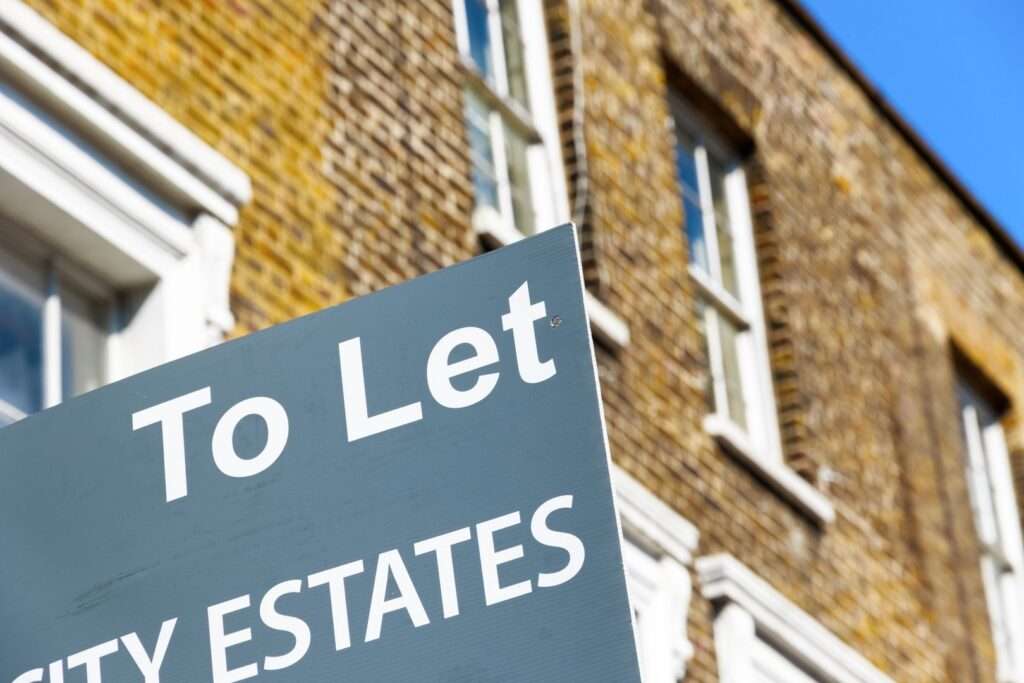
As one decade comes to an end and a new one begins, it’s the perfect time to look back at the past ten years and what they have meant for the private rented sector in the UK.
The private rented sector (PRS) looked a lot different at the start of the decade back in 2010 – figures from the Office of National Statistics stated that households in the private rented sector only made up 16% of the entire population and there were around 1.97 million landlords in the UK.
Ten years down the line, the PRS has grown by a considerable amount and attitudes towards renting have changed. It is believed that privately rented households now make up around 20% of the total UK population and the number of landlords has increased to 2.5 million, a growth of nearly 27% since 2010. Naturally, an increase in demand meant that rents started to creep up. Since 2010, the average asking rents in the UK have gone from £619 to £788. Rents in London have grown even more significantly; the average rents at the start of the decade stood at £940 and now, they have risen to £1,665 – this is a phenomenal increase of 77%.
The rapid rise in the private rented sector was no coincidence – house prices also grew significantly which meant that it was harder for people to take that first step on to the property ladder. In the last ten years, average house prices have increased by 40% and the number of homeowners in the UK have dwindled. According to the most recent English Housing Survey, some 55% of 25-34-year-olds own their own property, but as the decade has progressed, that number has plummeted to 38%. This possibly explains the change in attitudes towards renting in recent years. Where renting was once regarded as a short-term living solution until you bought a place of your own, it is now widely accepted as a long-term alternative to buying a property. A study carried out by the Nottingham Building Society found that the majority of tenants had no intention of getting on the property ladder any time soon.
However, the past ten years haven’t always been smooth sailing for the PRS, with the latter half of the decade being dogged by ongoing political uncertainty. This was triggered by the UK’s decision to leave the EU in 2016, which was then followed by two general elections and ongoing negotiations that are still yet to be concluded. Naturally, this has caused a lot of investors to be cautious about putting their money into the UK property market, however, it did not have as much of a negative effect as expected. Instead of alienating the UK market completely, investors are taking a wait and see approach until Brexit negotiations are agreed, where we could potentially see a boom in property investment.
As well as the political uncertainty, landlords also had to deal with increased regulations including the Tenant Fees Act, but this has only caused more demand in the private rented sector.
So, what does the next decade hold for the property market? Of course, there are always going to be new challenges for landlords – especially as we’re still yet to see the outcome of Brexit and there will be more legislation changes on the way. However, it’s clear that renting perfectly aligns with the modern lifestyle and the idea of homeownership is becoming less popular, which means that there will be plenty of opportunities for landlords to make the most out of their property portfolio.
Are you looking to make your next investment? Get in touch today!